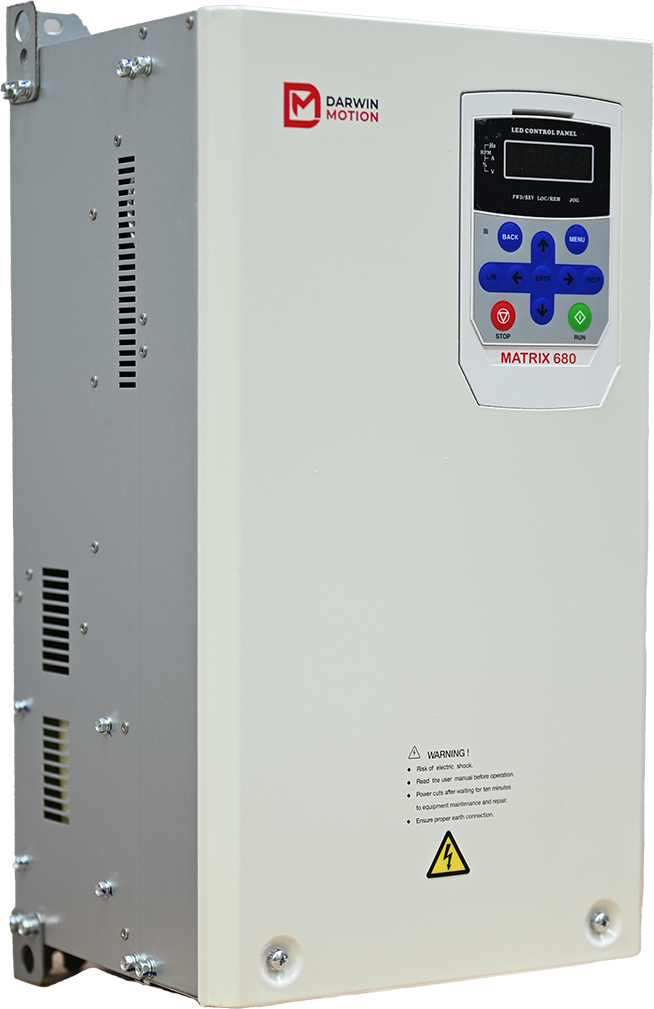Posted on 11th Dec 2024

Variable Frequency Drives (VFDs) or high performance drives are an essential component in modern industrial applications, offering precise control of motor speed and energy efficiency. Selecting the right VFD for your application can be challenging due to the wide variety of models, features, and specifications available. To simplify this process, consider these seven key factors:
The first step in selecting a VFD is ensuring compatibility with your motor. Key considerations include:
Motor Type: Determine whether you’re using an induction motor, synchronous motor, or another type.
Voltage and Current Ratings: Ensure the VFD can handle the motor’s operating voltage and current.
Power Rating: Match the VFD’s power output (in horsepower or kilowatts) to the motor’s requirements.
Identify the specific needs of your application. For example:
Speed Control: Does the application require precise speed control, variable speeds, or only basic operation?
Torque Requirements: Ensure the VFD can deliver sufficient torque, especially during start-up or at low speeds.
Environmental Conditions: Consider factors such as temperature, humidity, and exposure to dust or chemicals.
Examine the characteristics of your power supply. Key considerations include:
Phase Type: Single-phase or three-phase input power.
Voltage Level: Match the VFD to the supply voltage (e.g., 120V, 230V, 480V).
Harmonics Management: Ensure compliance with harmonic distortion regulations and consider adding filters if needed.
Different applications require different levels of control sophistication. Look for VFDs that offer:
Control Methods: Options include scalar (V/f), vector control, or direct torque control (DTC).
Programmability: Check for features like preset speed settings or customizable logic.
Communication Protocols: Ensure compatibility with your system, such as Modbus, EtherNet/IP, or Profibus.
One of the main advantages of using a VFD is energy savings. Select a VFD that offers:
Energy Optimization Features: Look for functions like automatic energy optimization or power factor correction.
Efficiency Ratings: Higher efficiency VFDs reduce energy waste and operational costs.
Modern VFDs come with built-in safety features to protect both the equipment and operators. These may include:
Overload Protection: Prevents damage due to excessive current.
Thermal Management: Includes cooling fans or heat sinks to avoid overheating.
Safety Standards Compliance: Ensure the VFD meets relevant standards, such as UL, CE, or ISO certifications.
While upfront cost is important, consider the total cost of ownership (TCO) over the VFD’s lifespan. This includes:
Initial Purchase Price: Balance cost with necessary features and quality.
Installation Costs: Factor in wiring, mounting, and integration expenses.
Maintenance and Repairs: Opt for models with a good track record for reliability and easy servicing.
Energy Savings: Higher-efficiency VFDs may justify higher upfront costs through reduced operating expenses.
Selecting the right Variable Frequency Drive is critical for optimizing performance, ensuring reliability, and achieving energy savings in your application. By carefully evaluating these seven considerations, you can make an informed decision that meets your operational needs and budget constraints. Partnering with a trusted supplier or consulting an expert can further streamline the selection process.